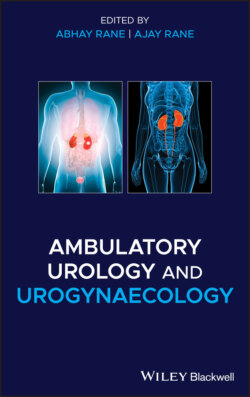Читать книгу Ambulatory Urology and Urogynaecology - Группа авторов - Страница 13
Infrastructure
ОглавлениеAmbulatory care is delivered in various environments, including
Free‐standing self‐contained units
Integrated self‐contained units
Integrated non‐self‐contained units
Free‐standing units, separate to inpatient units, are common in the United States, increasing in number from 67 in 1976 to over 4000 in 2004 (IAAS: day surgery). They may be multidisciplinary, serving a larger market, or uni‐disciplinary. Potential benefits include cost‐effectiveness and efficiency because it is easier to generate a streamlined care pathway and to encourage teamwork amongst healthcare professionals. Furthermore, they may have lower rates of hospital‐acquired infection. The disadvantage is that they are remote from a comprehensive medical facility with a full range of specialties including intensive care, meaning that there will occasionally be a need for outsourcing and transfer of patients. The need for low‐risk patients ultimately encourages stricter patient selection, self‐limiting the service. Most unplanned overnight admissions after ambulatory surgery are due to bleeding and longer‐than‐expected procedure length, with urological and gynaecological surgery accounting for a particularly high proportion of bleeding patients (Vaghadia 1998).
Integrated self‐contained ambulatory units are located on a hospital site with their own dedicated theatres and personnel. They are generally seen as the ideal model for ambulatory surgery, benefiting from the comprehensive range of medical services provided by that hospital, whilst also specialising in providing a streamlined ambulatory service with one dedicated team well trained in ambulatory surgical care.
Integrated non‐self‐contained ambulatory units vary significantly in set‐up: some may not have dedicated theatres or personnel. This makes the system inefficient, because there is a chance that low‐risk day‐case procedures may be cancelled, a streamlined patient pathway is often lacking, and unintended overnight stays arise due to difficulties ensuring safe discharge. However, if there is a dedicated ambulatory ward and theatres, this environment does have some benefits; it is easily expandable, meaning that as new procedures are transferred to day surgery, the same infrastructure can be used with appropriate retraining of staff.
